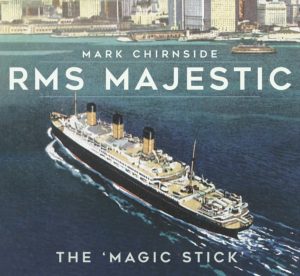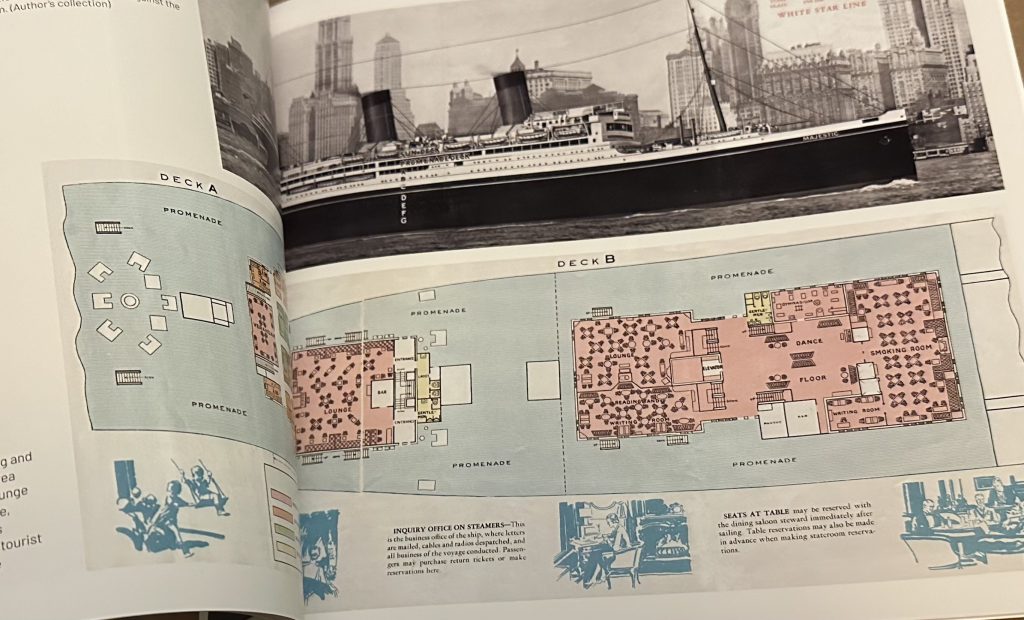Did Majestic Carry the White Star Line’s Highest Ever Number of Passengers in September 1923?
It has sometimes been reported that Majestic set a record in September 1923, carrying the White Star Line’s ‘highest ever’ passenger list of 2,625 passengers. There are several discrepancies. The statement, or a variation of it taken from several websites, appears to be traceable to Duncan Haws’ Merchant Fleets Volume 19: White Star Line (Starling Press Ltd; 1990), page 90:
1923 Sept: Fastest then crossing 5 days 5 hours 21 minutes. Average 24.75 knots. Only Mauretania was faster. On one crossing carried 480 first, 736 second, 1,409 third = 2,625, the company’s highest ever.
The first problem is that Majestic only made one westbound departure from Southampton that month, on 12 September 1923. She carried 1,774 passengers, including 815 in first class (her highest that year, westbound). She did, however, make two eastbound departures from New York – on 1 September and 22 September 1923 – with passenger lists in all three classes totalling 607 and 657, respectively. None of these three September departures had such a record list, although they did include the best first class passenger list that year for the westbound crossing, and (eastbound) Majestic carried 853 in first class on her 23 June 1923 New York departure.
The report appears to refer to the 26 October 1923 westbound departure, when Majestic carried 475 first class, 731 second class, and 1,416 third class passengers for a total of 2,622 passengers, her highest that year in either direction. When Majestic arrived in New York on 1 November 1923, the figures given in America by the North Atlantic Passenger Conference were:
- 480 first class
- 736 second class
- 1,411 third class
That total was 2,627 passengers, which is also very close to the ‘record’. (Any of the figures represented a record for Majestic herself.) If Majestic did carry that many passengers, albeit the following month, was it right to claim it was the highest passenger list of a White Star Line vessel?
No. We know that Celtic carried 2,957 passengers in September 1904. That appears to be the highest passenger list ever recorded for a White Star liner.




